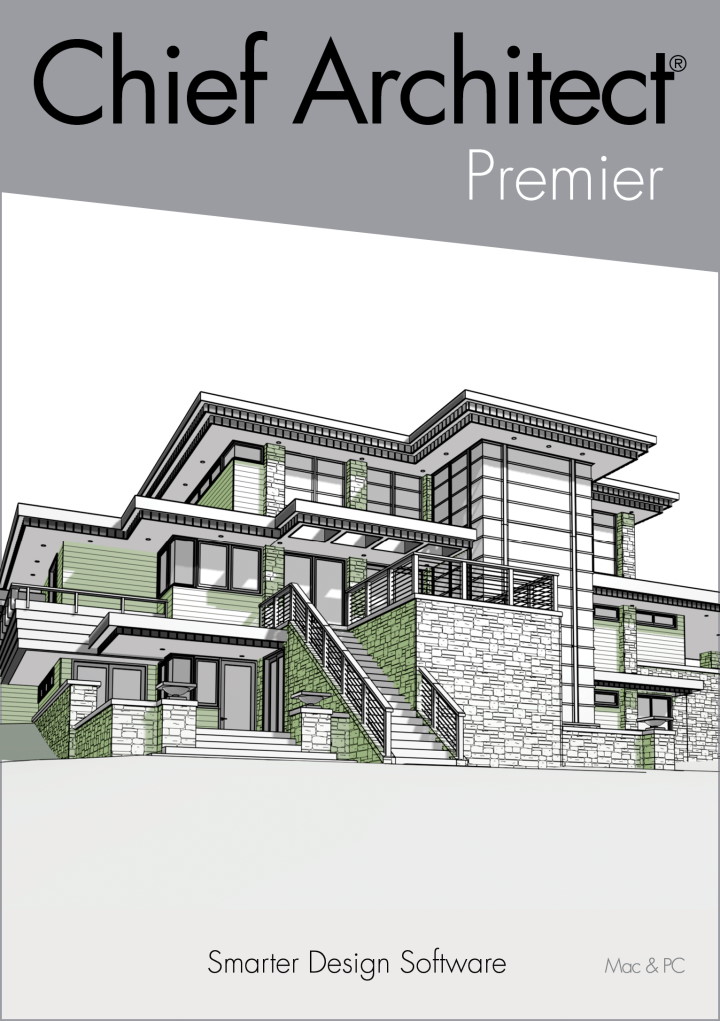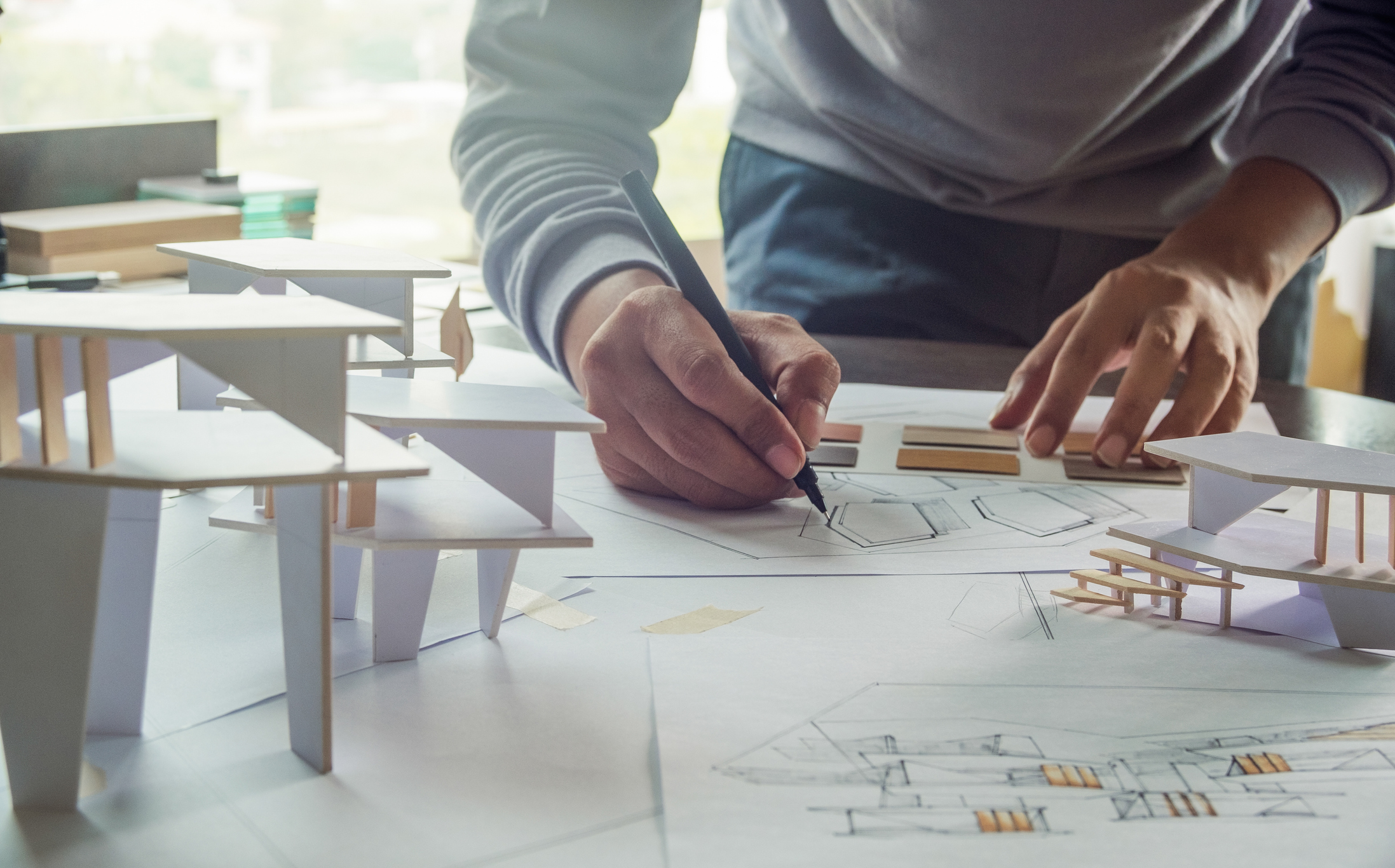Architect Salary Overview by Location and Experience
Architect Salary Overview by Location and Experience
Blog Article
Understanding the Diverse Career Paths Available for Aspiring Architect
As an ambitious Architect, you have a world of career courses waiting for you. Whether you're drawn to typical style or the nuances of sustainable design, there's a specific niche that aligns with your rate of interests.
Standard Architecture: Designing Structures and structures
Typical architecture concentrates on developing buildings and structures that mix capability with aesthetic charm. As you discover this field, you'll appreciate the elaborate balance in between form and objective. You'll learn to attract ideas from historic designs, incorporating elements like balance, materials, and workmanship. Your styles can mirror social heritage, showcasing local customs while satisfying modern requirements.
You'll create abilities in composing, model-making, and website evaluation, permitting you to visualize and communicate your concepts properly. Involving with customers, you'll need to understand their vision and translate it into possible styles.
In addition, building codes and sustainability techniques are crucial in your work, guaranteeing your frameworks are secure and eco-friendly. As you expand in your profession, you'll find opportunities in property, business, or even remediation tasks, each offering unique difficulties. Embracing typical architecture paves the way for a satisfying job that admires the past while shaping the future.
Urban Planning: Shaping Communities and Public Spaces
As an ambitious Architect, you can play an essential role as a city planner, changing just how neighborhoods engage and function. By using neighborhood engagement methods, you'll ensure that homeowners have a voice fit their environment. Plus, integrating lasting style concepts will aid produce rooms that not only fulfill today's requirements but additionally secure the future.
Function of Urban Planners
While numerous could assume of engineers as the sole enthusiasts behind structures, metropolitan coordinators play an essential role in shaping the broader landscape of neighborhoods and public areas. By working together with numerous stakeholders, you'll aid design parks, transportation systems, and household areas that advertise social interaction and access. Your experience in spatial layout and community characteristics allows you to envision future growth while maintaining cultural heritage.
Area Interaction Methods
Efficient neighborhood interaction techniques are important for urban planners to assure that the voices of citizens are heard and valued in the preparation procedure. To promote meaningful dialogue, you should focus on open discussion forums and workshops where area participants can share their ideas and concerns. Use studies and social media to reach a more comprehensive target market, guaranteeing varied point of views are consisted of. Working together with neighborhood companies can improve trust fund and facilitate much deeper links. It's essential to provide clear information about decision-making procedures and proposed projects, enabling citizens to feel enlightened and encouraged. By proactively listening and incorporating comments, you'll develop areas that mirror the community's requirements, ultimately bring about more effective and lasting urban atmospheres. Welcome transparency and constant dialogue for lasting effect.
Sustainable Design Principles
When making city areas, integrating sustainable layout concepts is important for producing environments that flourish both ecologically and socially. Think about integrating green spaces, like parks and gardens, to improve biodiversity and boost air quality.
Designing with water conservation in mind is likewise vital-- assume about rain gardens and absorptive surface areas to manage stormwater. Involving neighborhood members throughout the planning procedure assurances that the spaces you produce meet their demands and motivate social communication. By welcoming these principles, you'll add to lively, lasting metropolitan landscapes that benefit everyone.

Landscape Design: Creating Sustainable Exterior Atmospheres
As you check out landscape style, you'll find crucial style concepts that produce attractive and functional outside areas. Lasting methods play an essential role in ensuring these atmospheres flourish while decreasing ecological influence. And also, you'll find a variety of profession opportunities that allow you to make an actual distinction in exactly how people connect with nature.
Layout Principles in Landscape
Comprehending design principles in landscape architecture is vital for creating sustainable outdoor atmospheres that harmonize with nature. You'll require to contemplate aspects like percentage, balance, and scale to assure your layouts really feel natural and inviting. Incorporating native plants not just boosts biodiversity but additionally decreases water use, making your landscape durable. Consider the circulation of area and how people interact with it; paths and seating locations must welcome expedition and relaxation. Furthermore, take notice of seasonal adjustments, designing with materials that enhance the surroundings year-round (Architect). By prioritizing sustainability and appearances, you can produce exterior areas that enrich the area and promote well-being. Accepting these principles will certainly set a solid foundation for your job in landscape design.
Lasting Practices Introduction
Sustainable methods in landscape design not only concentrate on visual appeals but also prioritize ecological health and resource preservation. You can make rooms that advertise dirt health, such as exercising and using organic products permaculture concepts. Eventually, these techniques assure your layouts benefit both people and the atmosphere for years to come.
Career Opportunities Exploration
With a strong structure in sustainable practices, landscape architecture supplies a selection of occupation paths that allow you to make a significant impact on the environment. Urban organizers frequently collaborate with landscape architects to develop eco-friendly areas in urban settings, boosting city livability. If you're passionate concerning education and learning, take into consideration ending up being a landscape architecture instructor, inspiring future generations.
Sustainable Style: Concentrating On Eco-Friendly Practices
As you discover your profession in style, accepting environment-friendly practices can establish you apart in a competitive area. Sustainable layout concentrates on creating buildings that minimize ecological impact while boosting resident health. By including renewable products, energy-efficient systems, and sustainable structure methods, you'll contribute to a greener future.
Beginning by getting knowledge of environment-friendly accreditations like LEED or BREEAM, which can bolster your qualifications. Think about just how natural light, air flow, and thermal efficiency can click here maximize style. Collaborate with designers and environmental experts to innovate solutions that minimize waste and preserve sources.
Do not neglect the relevance of area participation-- engaging regional stakeholders can motivate layouts that balance with the atmosphere. As customers significantly focus on sustainability, your proficiency in environment-friendly practices will certainly not just attract jobs but additionally accomplish your interest for liable architecture. Accept this crucial aspect of the profession, and view your occupation grow.
Historical Preservation: Safeguarding and Bring Back Cultural Heritage
While you begin on your building trip, think about the crucial duty of historical conservation in keeping our social heritage. This area concentrates on the security and repair of considerable structures, sites, and structures that tell the tales of our past. By participating in historical check here conservation, you'll assist protect the architectural legacy that forms area identification.
As a historic preservation Architect, you'll examine historical significance and assess the problem of structures. You'll function carefully with preservationists and chroniclers to ensure authentic remediation techniques are used. This occupation course permits you to mix creativity with study, allowing you to develop remedies that respect original products and craftsmanship.
Your work not just adds to sustainability by recycling existing buildings but likewise fosters a sense of satisfaction within neighborhoods. Embracing this course will certainly assist you come to be a guardian of history, maintaining the stories and visual appeals that improve our lives.
Interior Design: Enhancing Indoor Spaces
Historical preservation and indoor architecture both share a commitment to boosting the built setting, yet they focus on various facets. While historic conservation stresses maintaining a framework's historic and social value, interior architecture nos in on optimizing indoor areas for capability and appearances.
As a hopeful Architect, you'll locate that interior design enables you to mix imagination with technological abilities. You'll develop rooms that not only look great but likewise promote convenience and efficiency. This area entails comprehending just how light, color, and materials engage within a room, affecting state of mind and use.
You'll work on various projects, from household homes to industrial workplaces, making sure that each environment meets the demands of its passengers. By focusing on user experience, you can transform interiors into motivating and functional rooms, making a significant effect on how people engage with their environments. Accept the opportunity to improve indoor settings and shape the means check here individuals work and live.
Industrial Style: Merging Functionality With Appearances
Commercial style plays a necessary function in producing products that seamlessly blend aesthetics with functionality, making certain that what you make use of day-to-day is not just aesthetically attractive yet additionally sensible. As an aspiring Architect, you might engage on your own in this field, concentrating on designing every little thing from furniture to customer electronic devices. Your work entails comprehending individual requirements, materials, and producing processes, permitting you to create ingenious options that enhance daily experiences.
In commercial design, you'll commonly collaborate with marketing experts, producers, and engineers, ensuring that your designs are not only beautiful however likewise feasible. This profession path offers a dynamic environment where creative thinking fulfills usefulness, making it a fulfilling selection for designers interested in shaping the products of tomorrow.
Frequently Asked Inquiries
What Educational Certifications Do I Required to End Up Being a Designer?
To become an architect, you'll require a professional level in style, typically a Bachelor's or Master's. Additionally, you'll have to finish a teaching fellowship and pass the Architect Enrollment Assessment to practice legally.
Exist Accreditation Demands for Various Building Profession Paths?
Yes, there're certification needs for different architectural paths. Architect. You'll require to pass examinations, complete teaching fellowships, and often pursue specialized training, depending on your chosen emphasis, like landscape architecture, urban design, or historic conservation
What Software Skills Are Important for Architects Today?

Just How Can I Gain Practical Experience While Researching Design?
You can acquire useful experience by interning at architectural firms, joining layout competitors, offering for neighborhood tasks, or working together with classmates on real-world assignments. These chances improve your skills and build beneficial connections in the market.
What Job Opportunities Exist Outdoors Typical Style Firms?
You can check out numerous task possibilities outside standard style firms, like city planning, interior decoration, landscape design, building monitoring, realty growth, and even duties in sustainability consulting. Each offers special challenges and benefits.
Whether you're attracted to conventional style or the nuances of lasting design, there's a particular niche that aligns with your rate of interests.When developing city areas, including sustainable layout principles is critical for creating settings that flourish both environmentally and socially.As you check out landscape architecture, you'll find necessary layout principles that create functional and attractive outdoor spaces.Comprehending layout concepts in landscape style is important for producing lasting exterior environments that harmonize with nature.In industrial style, you'll often team up with designers, manufacturers, and online marketers, ensuring that your designs are not just lovely but likewise practical.
Report this page